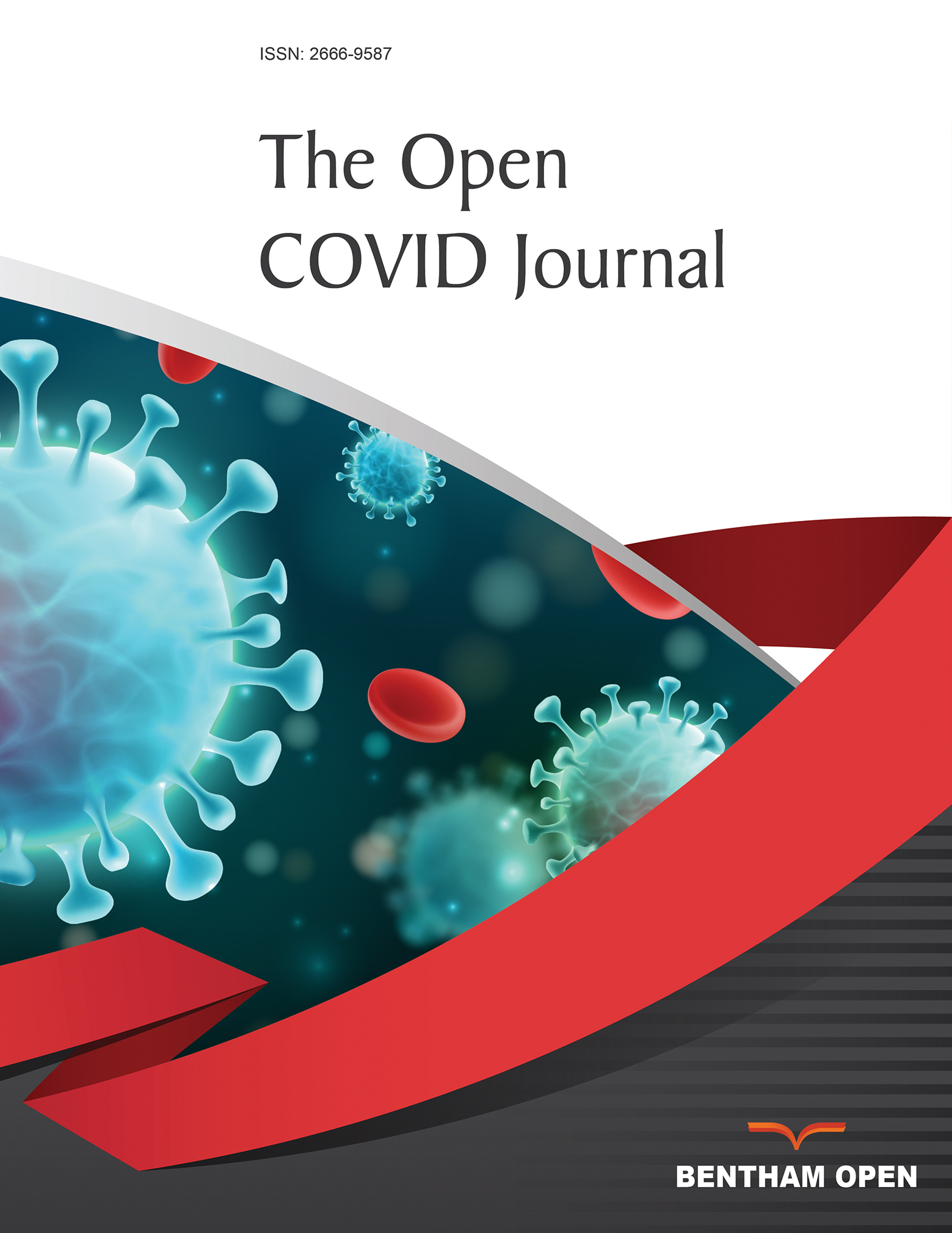All published articles of this journal are available on ScienceDirect.
It is Time to Recognize the Severity of Post-Acute Sequelae of COVID-19 (PASC)
Abstract
Introduction:
Post-acute sequelae of COVID-19 (PASC), often referred to as “long COVID” or “COVID long hauler” syndrome, is an increasingly recognized subacute to chronic manifestation of COVID-19. The incidence of PASC has been estimated to be 10-30% of all infections.
Methods:
We reviewed the literature on PASC to determine the frequency of the most severe forms of PASC based on medical complications, degree of disability, and ability to return to work following COVID-19.
Results:
We found that the reported frequency of the most severe forms of PASC ranges from 6-18%, and is higher among hospitalized patients and among older patients. Given the degree of morbidity, mortality, and strain to health systems, increasingly attributed to PASC, we advocate that PASC be recognized as a severe manifestation of COVID-19.
Conclusion:
Recognizing PASC as a severe manifestation of COVID-19 could help mobilize attention and resources to this important diagnosis.


